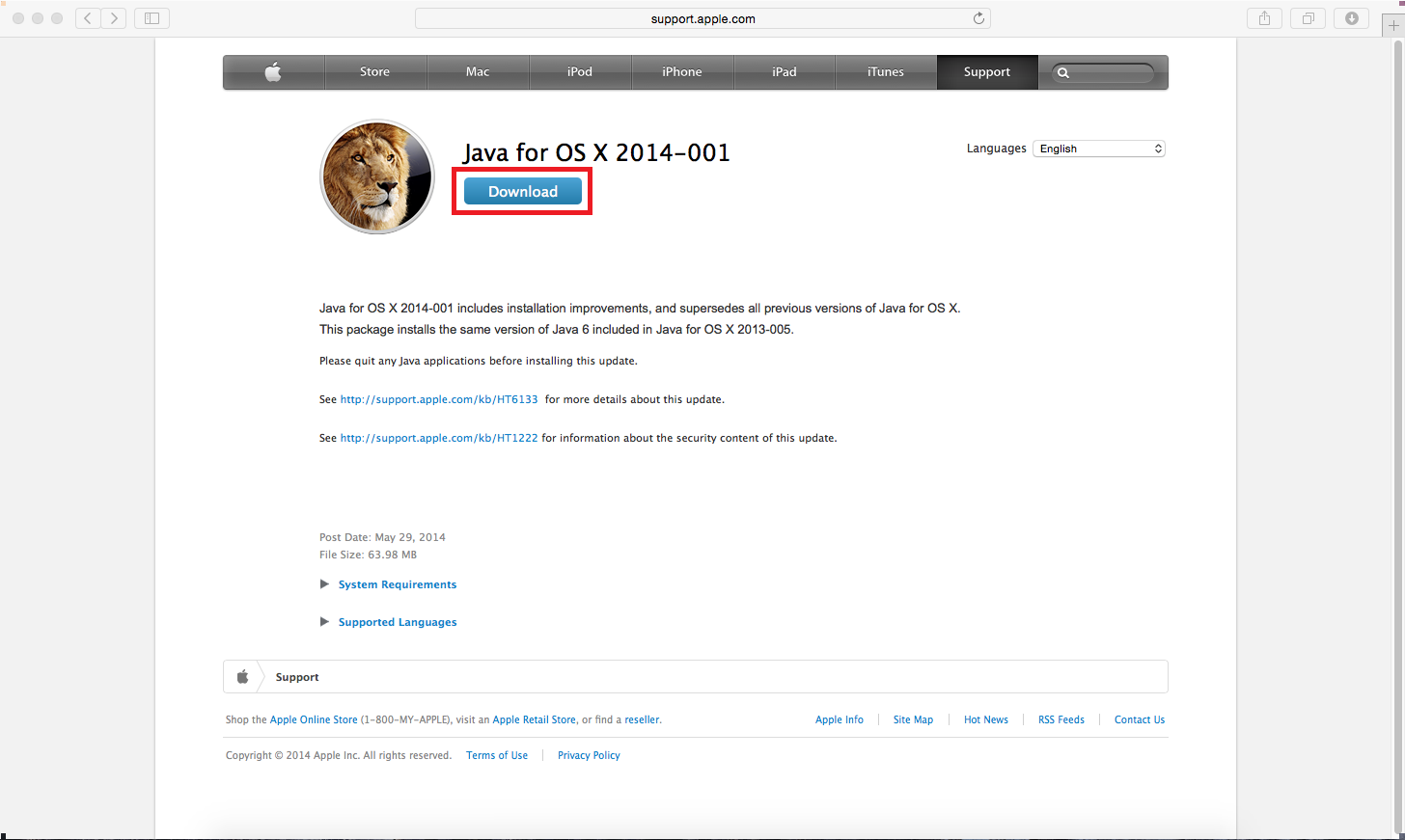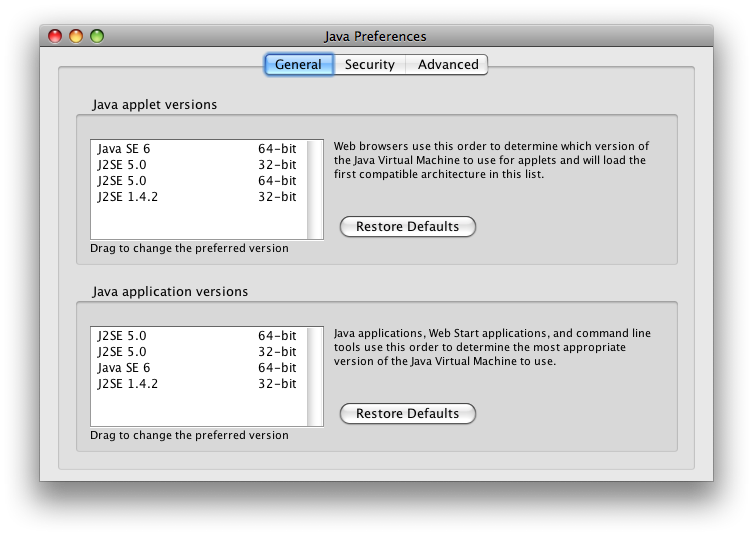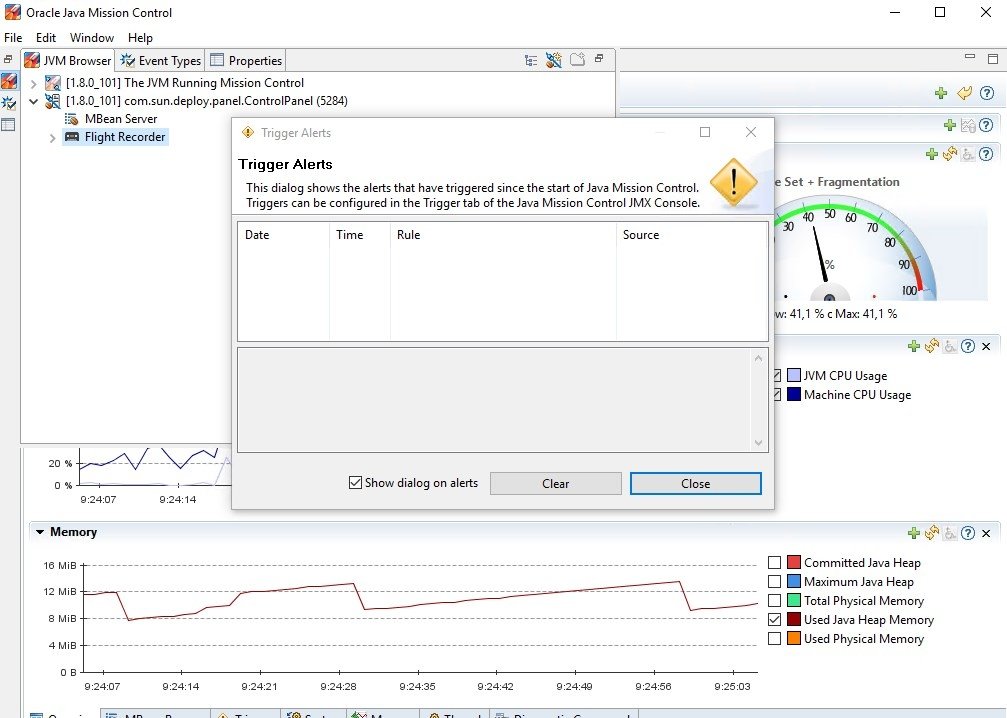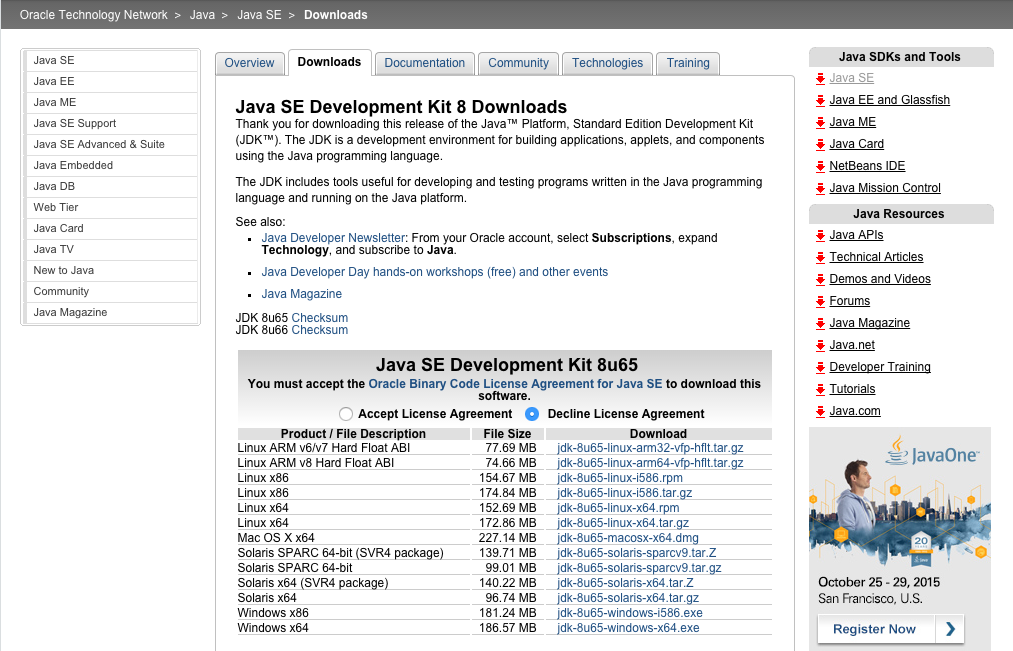

The descriptions also identify potential compatibility issues that you might encounter when migrating to JDK 16. This document includes descriptions of those new features and enhancements that are also changes to the specification. Another source of information about important enhancements and new features in Java SE 16 and JDK 16 is the Java SE 16 ( JSR 391) Platform Specification, which documents the changes to the specification made between Java SE 15 and Java SE 16. It includes a complete implementation of the Java SE 16 Platform and additional Java APIs to support developing, debugging, and monitoring Java applications. The APIs described here are those that are provided with the Oracle JDK. In some cases, the descriptions provide links to additional detailed information about an issue or a change. This section describes some of the enhancements in Java SE 16 and JDK 16.
JAVA SE 5 FOR MAC FULL VERSION
The full version string for this update release is 16.0.2+7 (where "+" means "build"). Why would you need the JDK then? Because the application server will convert JSP into Java servlets and needs to use the JDK to compile the servlets. For example, if you are deploying a web application with JSP, you are technically just running Java programs inside the application server. Sometimes, even if you are not planning to do any Java development on a computer, you still need the JDK installed.
JAVA SE 5 FOR MAC LICENSE
The new license permits certain uses, such as personal use and development use, at no cost - but other uses authorized under prior Oracle JDK licenses may no longer be available. The new Oracle Technology Network License Agreement for Oracle Java SE is substantially different from prior Oracle JDK licenses.

It is capable of creating and compiling programs. It has everything the JRE has, but also the compiler (javac) and tools (like javadoc and jdb). bash_profile in the current shell.The JDK is the Java Development Kit, the full-featured SDK for Java. To activate this configuration right away your can run source. # Setting default JDK to version 1.8.Įxport JAVA_HOME=`/usr/libexec/java_home -v 1.8` Add the following lines at the end of the file. For example if you are using bash then you can set the command in the. To make this change permanent you need to set it in your shell init file.

If you close or terminate the shell, next time you open the shell you will need to set it again. The change above will only active in the current running shell. Java HotSpot(TM) 64-Bit Server VM (build 25.121-b13, mixed mode) Java(TM) SE Runtime Environment (build 1.8.0_121-b13) If the major version of the available JDK is unique you can just use the major version, like: export JAVA_HOME=`/usr/libexec/java_home -v 1.8`Īfter setting the JAVA_HOME and you run the java -version command you will see that JDK 1.8 is the new default JDK in your computer.

For example I will choose the 1.8.0_121 version to be my default JDK. Matching Java Virtual Machines (3):ĩ, x86_64: "Java SE 9" /Library/Java/JavaVirtualMachines/jdk-9.jdk/Contents/Homeġ.8.0_121, x86_64: "Java SE 8" /Library/Java/JavaVirtualMachines/jdk1.8.0_121.jdk/Contents/Homeġ.7.0_80, x86_64: "Java SE 7" /Library/Java/JavaVirtualMachines/jdk1.7.0_80.jdk/Contents/Homeįrom the list above pick which version you want to be the default JDK. On my machine I have the following version of Java. The command will print out something like the following depending on the available JDK in your computer. First you need to run /usr/libexec/java_home -V command to get the list of installed JDK.
JAVA SE 5 FOR MAC HOW TO
In this post you will learn how to set the default JAVA_HOME in OS X when you have more than one JDK installed in your computer.


 0 kommentar(er)
0 kommentar(er)
